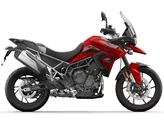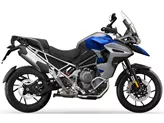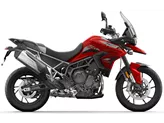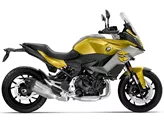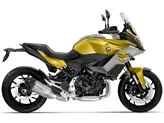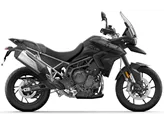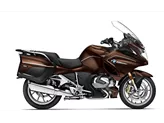Triumph Tiger 900 GT Pro 2020 vs. BMW R 1200 GS 2017
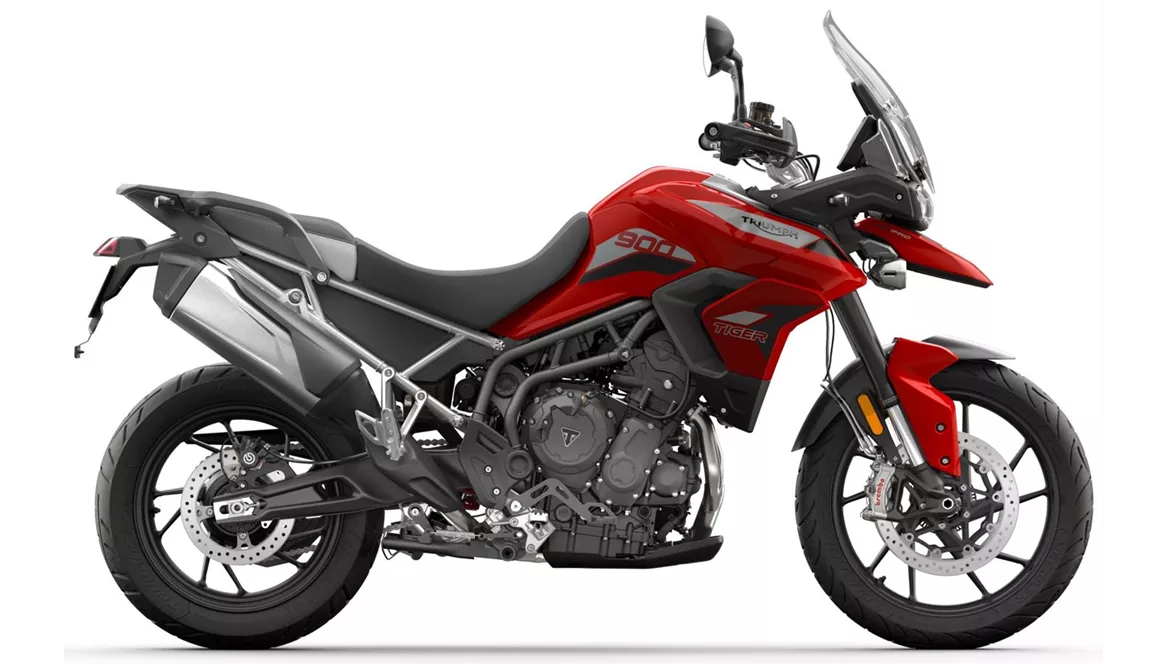
Triumph Tiger 900 GT Pro 2020

BMW R 1200 GS 2017
Overview - Triumph Tiger 900 GT Pro 2020 vs BMW R 1200 GS 2017
The Triumph Tiger 900 GT Pro 2020 and the BMW R 1200 GS 2017 are both popular enduro motorcycles, but they have some notable differences in their technical specifications and strengths.
Starting with the engine and drive train, the Triumph Tiger 900 GT Pro 2020 features an in-line three-cylinder engine with a displacement of 888cc. It produces 95.2 horsepower and 87 Nm of torque. The BMW R 1200 GS 2017, on the other hand, has a boxer engine with a displacement of 1170cc. It delivers a higher power output of 125 horsepower and the same torque of 125 Nm. Both motorcycles have different engine configurations, with the Tiger 900 GT Pro having three cylinders and the R 1200 GS having two cylinders.
In terms of suspension, the Triumph Tiger 900 GT Pro 2020 is equipped with an upside-down telescopic fork at the front and a swing arm suspension at the rear. The suspension is electronically adjustable, allowing riders to tailor the settings to their preferences. The BMW R 1200 GS 2017, on the other hand, has a strut front suspension and a single swing arm suspension at the rear. The front suspension is adjustable for preload. Both motorcycles have steel frames, providing stability and durability.
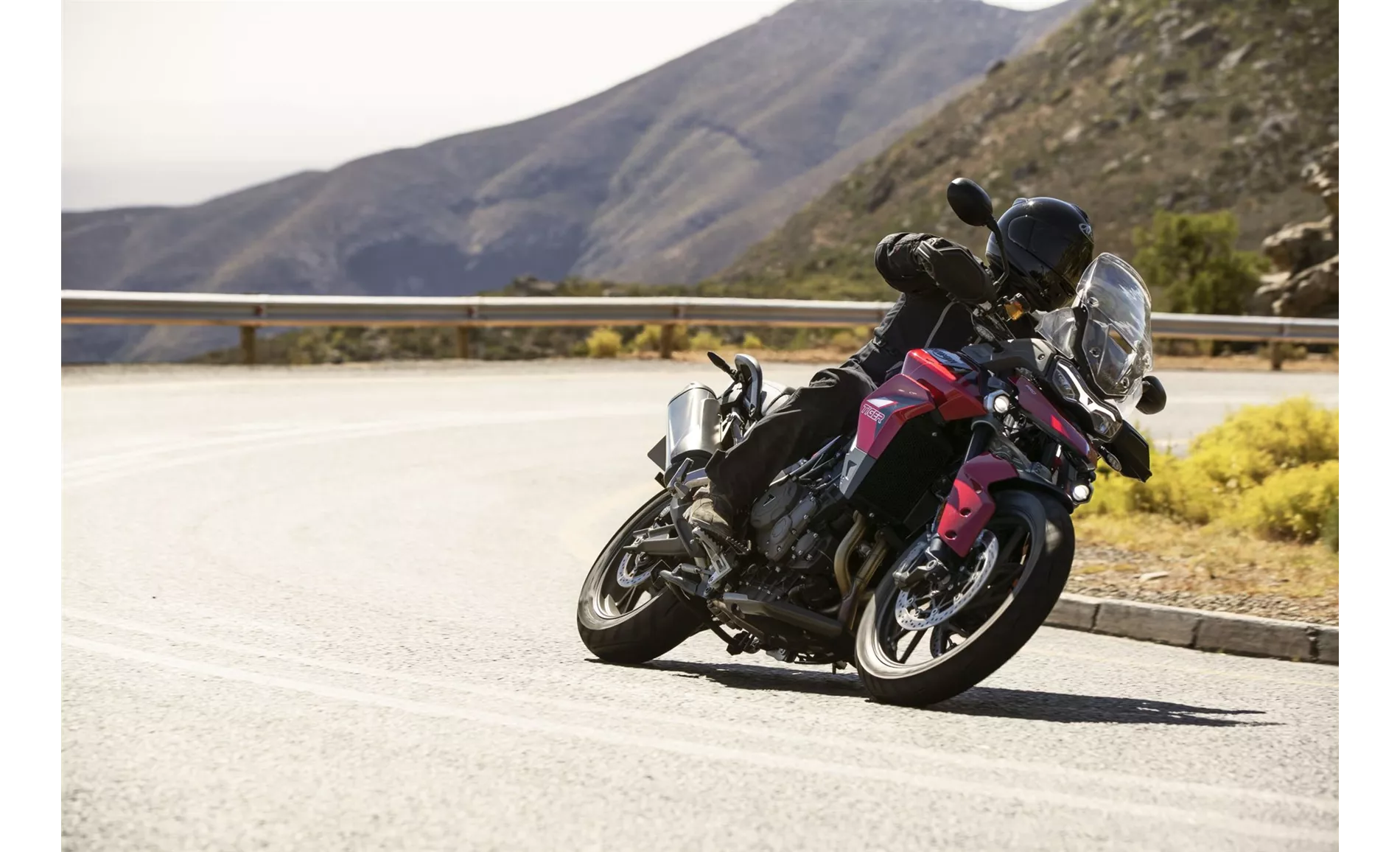
Triumph Tiger 900 GT Pro 2020
When it comes to braking, both motorcycles feature double disk brakes at the front. The Triumph Tiger 900 GT Pro 2020 and the BMW R 1200 GS 2017 have 19-inch front tire diameters and 17-inch rear tire diameters. The rear tire width is 150mm for the Tiger 900 GT Pro and 170mm for the R 1200 GS. The wheelbase of the Tiger 900 GT Pro is slightly longer at 1556mm compared to the 1507mm wheelbase of the R 1200 GS. The seat height of the Tiger 900 GT Pro is 810mm, while the R 1200 GS has a higher seat height of 850mm. Both motorcycles have a fuel tank capacity of 20 liters.
In terms of strengths, the Triumph Tiger 900 GT Pro 2020 offers a three-cylinder engine that is full of character, providing a unique riding experience. It also has agile turn-in behavior and comes with a quickshifter as standard. The electronically adjustable suspension strut allows riders to easily adjust the suspension settings. The Tiger 900 GT Pro also comes with generous standard equipment, good ergonomics, and good wind and weather protection, making it suitable for long-distance rides.

BMW R 1200 GS 2017
On the other hand, the BMW R 1200 GS 2017 has a mature concept and a strong engine. It offers easy handling and powerful brakes. The R 1200 GS also comes with adjustable modes and traction control, allowing riders to customize their riding experience. It has an extensive equipment range and is known for its good image and value retention.
However, both motorcycles have their weaknesses. The Triumph Tiger 900 GT Pro 2020 has a flood of switches on the left handlebar, which can be overwhelming for some riders. The BMW R 1200 GS 2017 has many features that come at an extra cost, and its boxer engine may be exposed in really tough terrain.
In conclusion, the Triumph Tiger 900 GT Pro 2020 and the BMW R 1200 GS 2017 are both capable enduro motorcycles with their own strengths and weaknesses. The Tiger 900 GT Pro offers a unique three-cylinder engine and electronically adjustable suspension, while the R 1200 GS has a strong engine and a range of adjustable features. Ultimately, the choice between the two will depend on the rider's preferences and priorities.
Technical Specifications Triumph Tiger 900 GT Pro 2020 compared to BMW R 1200 GS 2017
Pros and Cons in comparison
Pros and Cons in comparison
Triumph Tiger 900 GT Pro 2020
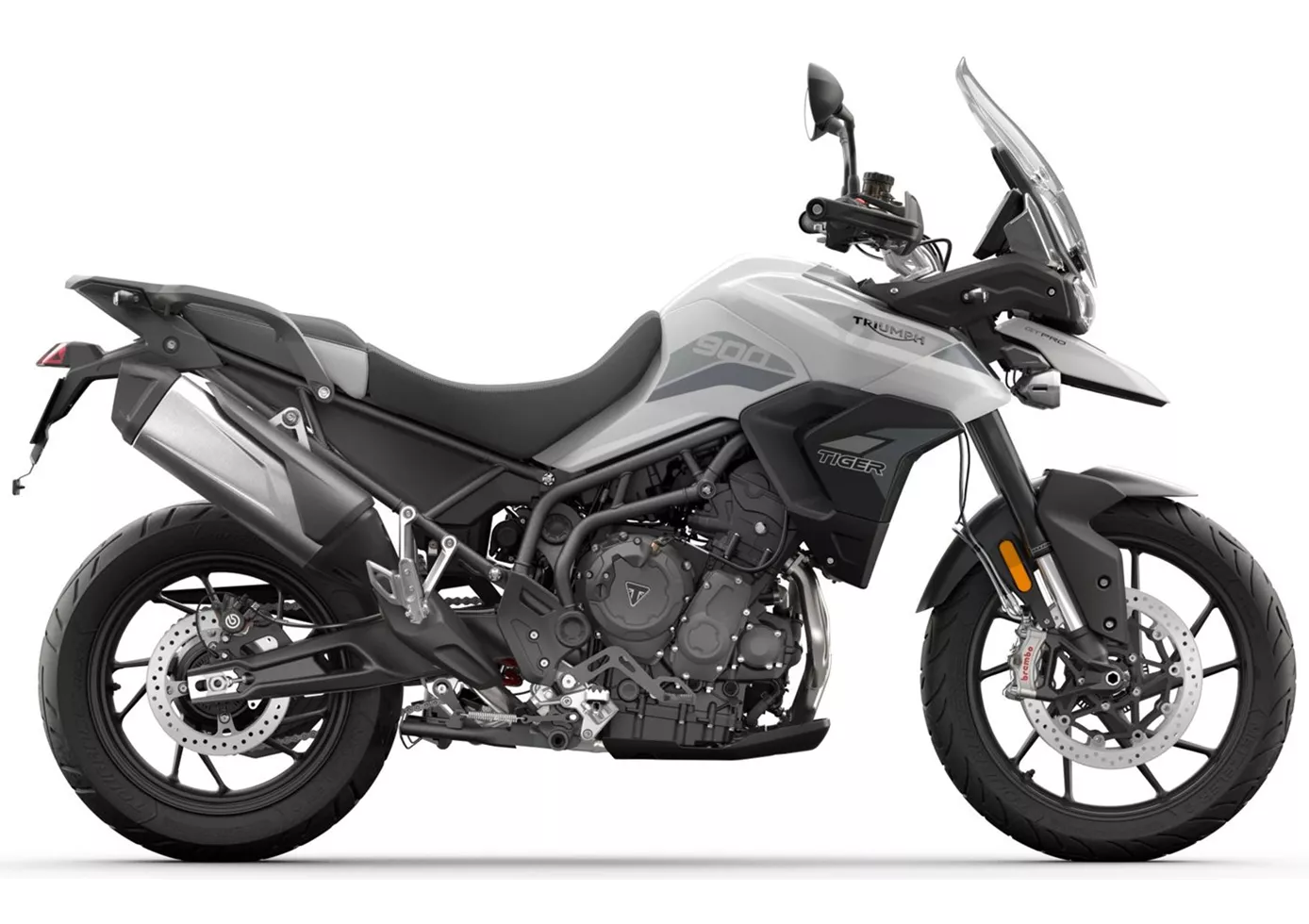
Good things take time, they say. Triumph has kept to this and with the Tiger 900 GT Pro has put a motorbike on the cast rims that continues the long, successful path of the 800 with many detail improvements and is just as much a practical everyday motorbike as it is for extended tours and trips. The Triple has become sharper and yet is still a harmonious unit with which even beginners can do no wrong without boring the experienced motorcyclist. And that's thanks to sufficient suspension travel on roads of the most varied qualities as well as quite moderate off-road passages. There was little to complain about in our first impression, but we will certainly take a closer look at the Tiger.
BMW R 1200 GS 2017

For over 35 years, BMW has continued to expand the boxer range and is consistently working on the evolution of the GS. In addition to the EURO4 update of the engine with new catalytic converter and mapping, there are now even more features such as the Dynamic ESA Next Generation with automatic riding position compensation, which further improves stability and comfort for the rider. With its subtle colour scheme, the Exclusive version is intended for friends of a neat and subdued appearance and, unlike the flashier Rallye variant, is designed more for the road. Many features are at extra cost, but GS customers usually don't care - 90 percent are ordered with full equipment.
Price Comparison Avarage Market Price Triumph Tiger 900 GT Pro vs BMW R 1200 GS
There are a few key differences between a Triumph Tiger 900 GT Pro 2020 and a BMW R 1200 GS 2017. In terms of price, the actual average price of a BMW R 1200 GS 2017 is about 21% higher. Compared to BMW R 1200 GS 2017 there are less Triumph Tiger 900 GT Pro 2020 bikes available on the 1000PS.de Marketplace, specifically 5 compared to 84. It takes less time to sell a BMW R 1200 GS with 72 days compared to 88 days for the Triumph Tiger 900 GT Pro. Since model year 2020 1000PS.de editors have written 10 reviews for the Triumph Tiger 900 GT Pro and 98 reviews for the BMW R 1200 GS since model year 2005. The first review for the Triumph Tiger 900 GT Pro was published on 12/3/2019 and now has more than 65,300 views. This compares to more than 19,100 views for the first review on BMW R 1200 GS published on 1/20/2004.







